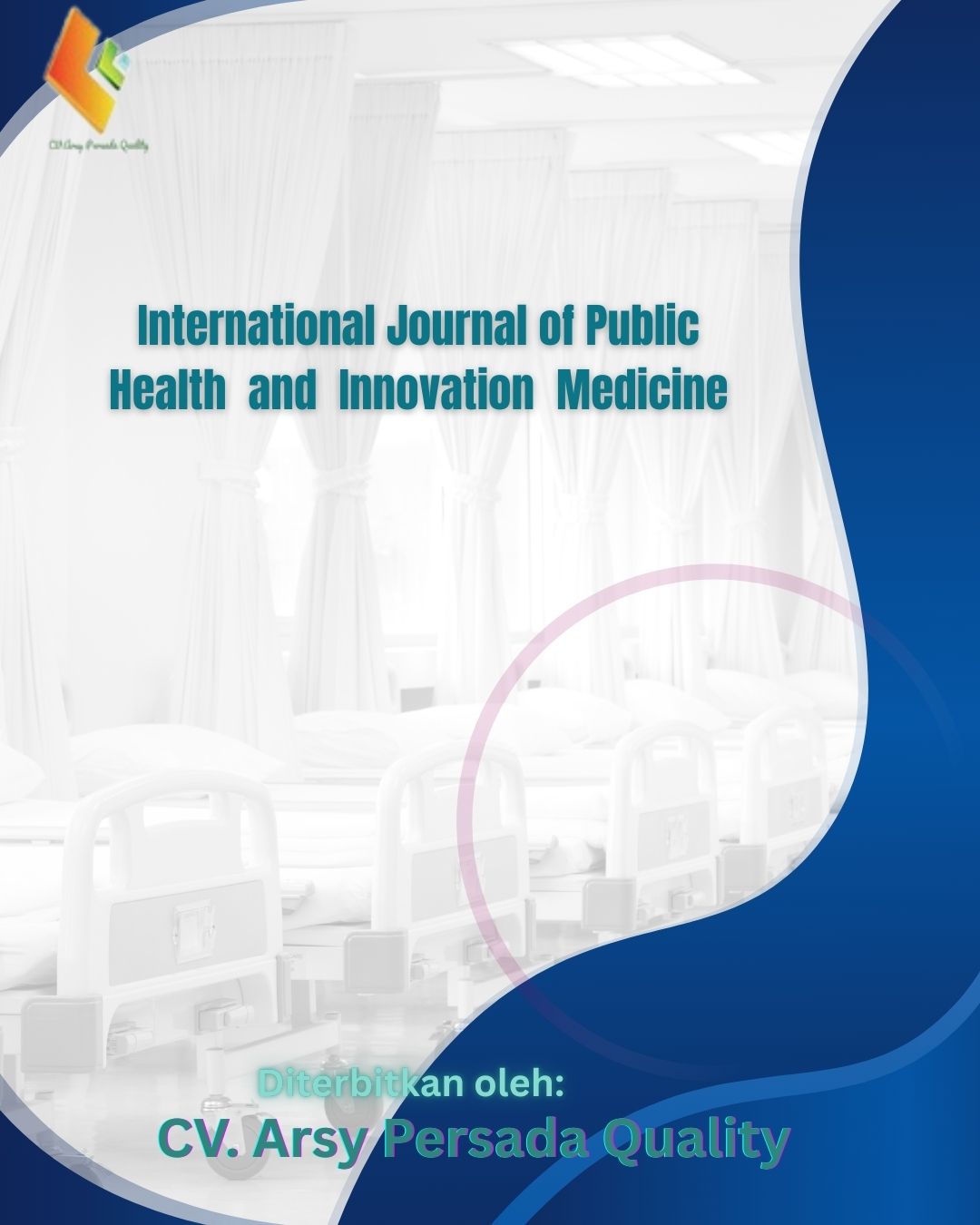EFFECTIVENESS OF DIGITAL-BASED NUTRITION EDUCATION ON CHANGING CONSUMPTION PATTERNS OF ADOLESCENTS
Keywords:
Adolescents, Dietary Behavior, Health Intervention, Digital Health LiteracyAbstract
This study investigates the impact of digital-based nutrition education on the dietary behaviors of adolescents. With the increasing prevalence of unhealthy eating patterns among teenagers, exacerbated by digital influences, a targeted intervention utilizing mobile applications, social media, and online modules was implemented. Using a quasi-experimental design with pre- and post-test measures across two groups (intervention and control), the research involved 300 students aged 13–17 in urban schools. Results demonstrated a significant improvement in the dietary habits of the intervention group, including increased fruit and vegetable intake and reduced consumption of sugary beverages and ultra-processed foods. These findings affirm the potential of digital platforms as scalable and effective tools in promoting adolescent nutritional literacy and behavioral change.
References
Bandura, A. (1986). Social foundations of thought and action: A social cognitive theory. Prentice-Hall.
Chen, X., Wang, Y., & Zhang, Y. (2021). The role of mobile health apps in improving adolescent nutrition: A meta-review. JMIR mHealth and uHealth, 9(3), e23456. https://doi.org/10.2196/23456
Chau, M., Burgermaster, M., & Mamykina, L. (2018). The use of mobile technologies for health promotion among adolescents: A systematic review. Journal of Adolescent Health, 62(4), 467–478.
Nour, M., Yeatman, H., & Kelly, B. (2019). Digital health interventions for improving diet and physical activity in adolescents: A systematic review and meta-analysis. BMJ Open, 9(6), e025047.
Nutbeam, D. (2000). Health literacy as a public health goal: A challenge for contemporary health education and communication strategies into the 21st century. Health Promotion International, 15(3), 259–267.
Sahoo, K., Sahoo, B., Choudhury, A. K., Sofi, N. Y., Kumar, R., & Bhadoria, A. S. (2015). Childhood obesity: Causes and consequences. Journal of Family Medicine and Primary Care, 4(2), 187–192.
Stephens, J., Allen, J., & Dennison, C. R. (2020). Mobile phone interventions to improve adherence in adolescents with health issues: A systematic review. JMIR Pediatrics and Parenting, 3(1), e12971.
van Dijk, J. (2020). The digital divide. Polity Press.
World Health Organization. (2020). Guidelines on physical activity and sedentary behavior. WHO.
Kemenkes RI. (2022). Profil Kesehatan Indonesia Tahun 2021. Kementerian Kesehatan Republik Indonesia. Retrieved from https://pusdatin.kemkes.go.id
Nutbeam, D. (2000). Health literacy as a public health goal: A challenge for contemporary health education and communication strategies into the 21st century. Health Promotion International, 15(3), 259–267. https://doi.org/10.1093/heapro/15.3.259
World Health Organization (WHO). (2019). Primary health care on the road to universal health coverage: 2019 global monitoring report. World Health Organization. Retrieved from https://www.who.int/publications/i/item/9789240029040
Setiawan, B., & Anwar, A. F. (2020). Determinants of clean and healthy lifestyle behavior in urban slum areas. Jurnal Kesehatan Masyarakat Nasional (National Public Health Journal), 15(2), 85–94. https://doi.org/10.21109/kesmas.v15i2.3562
Susilowati, I. H., & Sari, R. N. (2021). Community participation and PHBS behavior among urban households: A cross-sectional study. BMC Public Health, 21(1), 1–9. https://doi.org/10.1186/s12889-021-10291-w



